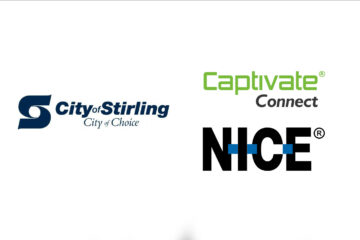We know that one of the first music-for-money playing devices was invented by Louis Glass in San Francisco. Glass was an innovator, and somewhere around 1879, he’d gotten burned out working with old technologies, so he left his cushy job manning the telegraph lines for Western Union. He knew that he wanted in on this new craze sweeping the nation and that was the telephone, so he invested in some of the phone companies in Southern California and rose to become the general manager of the Pacific States Telephone and Telegraph Company.
Glass wasn’t satisfied with just the telephone, however. Thomas Edison had invented the phonograph in the late 1870’s, and a decade later Glass took over the reigns of Pacific Phonograph Co. as well as some other phonograph companies in the coastal states of Washington, Oregon and of course the aforementioned California. But it was in the city by the bay that he had the big idea — the one that would be forever in our hearts and become a massive icon, still revered by avid “Jukebox” collectors today.
The 44 year-old Glass, with his partner William S. Arnold, presented a device that would play a song from a wax cylinder phonograph- but here’s the catch; only if you put a nickel in the machine. That first machine was called the “The nickel-in-the-slot phonograph”!
The first machine was installed at Palais Royal Saloon in San Francisco on November 23, 1889 — exactly 124 years ago today. Glass’s office was a mere two blocks away and he asked the bar manager if he could display the new-fangled machine to the public there. Not much is known about that first machine, as this establishment went under somewhere around 1890 and the San Francisco earthquake of 1906 destroyed everything around there, but during the first year of the jukebox, from autumn 1889 until summer 1890, quite a few coin-operated music machines were produced in that area. During a conference in Chicago in 1890, Louis T. Glass brashly told other operators and manufacturers that the first 15 machines had brought in a little more than $4,000 from December, 1889, until May, 1890. That was quite a tidy sum in those days, so it’s easy to see why competitors scrambled to get in on the action.
That was 142 years ago, and interestingly the one man was involved in music selection and telephony. Unfortunately, he never joined the two.
Now, it has taken another visionary Mark Horwood from across the world in Perth Australia to finally join the two. His company has developed the technology to provide choices to people waiting on the telephones. The new Jukebox system enables waiting callers to select their preferred music to hear whilst they hold– making the wait entertaining and engaging.
To add more options, the Captivate solutions allow callers to play games or listen to podcasts while they wait, along with a host of other customisable options.
Why has it taken 142 years to develop this new technology? Maybe that is a question for another day or someone else.


